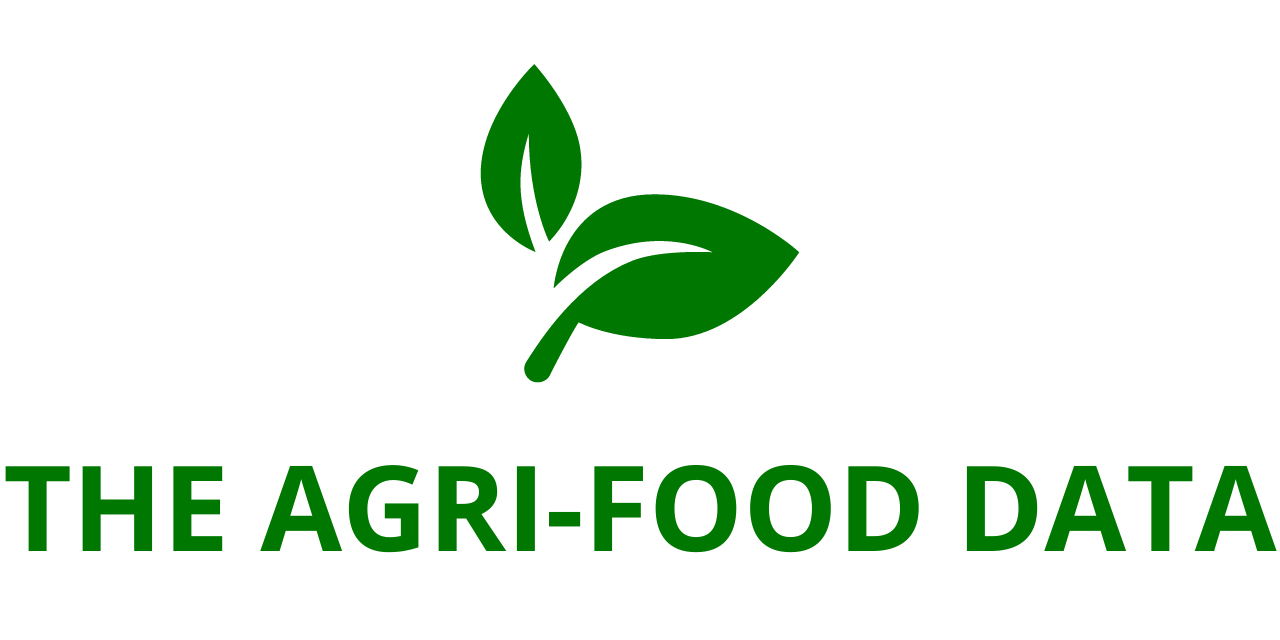
General Mills, Inc. (NYSE: GIS), a global food leader with a nearly 160-year legacy of producing household staples, has announced a significant step toward cleaner, more transparent labeling and product reformulation. The company revealed that it will eliminate certified colors from all of its U.S. cereals and all foods served in K-12 schools by the summer of 2026. Furthermore, General Mills is committed to removing certified colors across its entire U.S. retail product portfolio by the end of 2027.
This bold initiative aligns with growing consumer demand for food made with more recognizable and less processed ingredients. By phasing out certified colors—also known as artificial or synthetic food dyes—General Mills aims to further strengthen the trust and confidence consumers place in its brands.
Meeting Consumer Expectations and Building Trust
Certified colors are synthetic dyes approved by the U.S. Food and Drug Administration (FDA) for use in food. While deemed safe for consumption by regulatory bodies, these additives have been the subject of public concern in recent years, especially among parents and health-conscious consumers who are increasingly scrutinizing ingredient labels. General Mills is responding to this shift by prioritizing natural alternatives and evolving its recipes to better reflect modern preferences.
“Across the long arc of our history, General Mills has moved quickly to meet evolving consumer needs, and reformulating our product portfolio to remove certified colors is yet another example,” said Jeff Harmening, chairman and CEO of General Mills. “Today, the vast majority of our foods are made without certified colors, and we’re working to ensure that will soon apply to our full portfolio. Knowing the trust families place in us, we are leading the way on removing certified colors in cereals and all our foods served in K-12 schools by next summer. We’re committed to continuing to make food that tastes great and is accessible to all.”
Progress Already Made
This shift does not mark the beginning but rather a continuation of General Mills’ journey toward ingredient transparency and improved nutritional quality. In fact, a significant portion of the company’s U.S. offerings has already transitioned away from certified colors.
According to the company, 85 percent of General Mills’ full U.S. retail product lineup is currently made without certified colors. Additionally, most of its offerings for K-12 schools already meet the clean-label standard, making this final step in certified color elimination an achievable next milestone.
The impact of this decision on the K-12 food portfolio is relatively minor, as only a small percentage of items currently include certified colors. Nonetheless, General Mills views the decision as a critical step in fully aligning its portfolio with modern consumer values—especially as parents and schools continue to advocate for greater transparency and higher quality ingredients in children’s diets.

A Legacy of Reformulation and Innovation
General Mills has built a reputation for embracing innovation and responding to changing nutritional science and consumer trends. The company’s history is rich with examples of proactive reformulations that improve the healthfulness and appeal of its products.
For example, General Mills is the leading provider of whole grains to American consumers, a designation it earned by reformulating many of its cereals to meet evolving dietary guidelines and consumer preferences. In 2023, General Mills doubled the amount of vitamin D in its cereals, addressing a widespread nutritional shortfall identified by public health experts. Additionally, since 2019, the company has reduced sodium levels by 20 percent across several key product categories.
Another notable area of focus has been the K-12 food service portfolio. General Mills has made industry-leading strides in reducing sugar content in school foods without compromising taste or quality—a challenge that many food manufacturers struggle to meet. By balancing nutrition, flavor, and affordability, the company has earned the trust of school nutrition professionals nationwide.
These efforts are part of General Mills’ broader strategy to improve the nutrient density of its products while maintaining accessibility and taste—core pillars of the company’s operating philosophy.
Serving with Purpose
At its heart, General Mills views its mission as more than just making food. The company operates under a deep sense of purpose: to make food the world loves, while being a responsible corporate citizen and a trusted provider for families.
“For nearly 160 years, General Mills has served generations of families with quality, great-tasting food,” said Harmening. “We don’t take that trust lightly. As consumer needs change, we’re committed to evolving with them—always with integrity, care, and a focus on health, sustainability, and inclusion.”
This latest commitment reflects General Mills’ ongoing work to support the well-being of its consumers and the communities it serves. Whether through sustainability initiatives, nutrition reformulation, or greater ingredient transparency, the company continues to lead by example in the global food industry.






